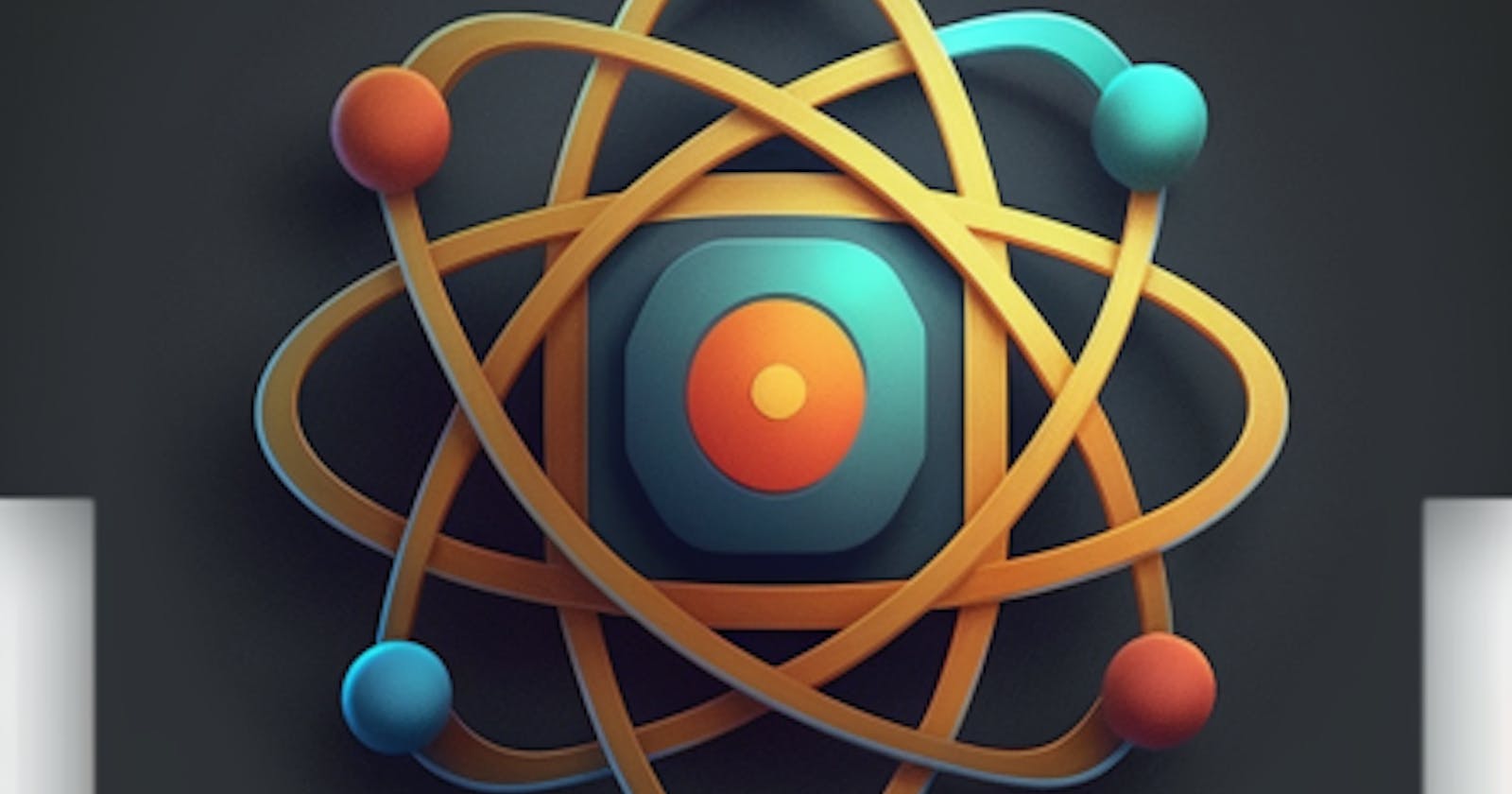"Building Cross-Platform Desktop Applications with Electron Framework in JavaScript"
Electron is a framework for building desktop applications using web technologies like HTML, CSS, and JavaScript. It was created by GitHub and is now an open-source project maintained by a community of developers.
Electron allows developers to create cross-platform desktop applications using a single codebase, which means that developers can write one application and deploy it on multiple platforms like Windows, macOS, and Linux.
Under the hood, Electron uses Chromium, the open-source web browser project that powers Google Chrome, as its rendering engine. This means that developers can leverage the power of modern web technologies to build desktop applications that look and feel like native applications.
Electron also provides access to Node.js, which is a JavaScript runtime that allows developers to write server-side code in JavaScript. This means that developers can use Node.js modules to build desktop applications that interact with the file system, make network requests, and perform other operations that are typically associated with server-side development.
Overall, Electron has become a popular choice for developers who want to build desktop applications using web technologies. Its cross-platform support, access to Node.js, and use of Chromium make it a powerful and flexible framework for building desktop applications.
Component Of Electron.js
Electron.js consists of several core components that work together to enable developers to build desktop applications using web technologies. These components include:
Chromium: The open-source web browser project that powers Google Chrome is used by Electron for rendering web content.
Node.js: The JavaScript runtime used by Electron for running server-side code.
Electron APIs: A set of APIs that provide access to operating system functionalities such as the file system, system tray, notifications, and more.
Electron Main Process: The main process is responsible for creating and managing application windows, communicating with the renderer process, and handling system-level events.
Electron Renderer Process: The renderer process is responsible for rendering the UI of the application, handling user interactions, and communicating with the main process via IPC (Inter-Process Communication).
Preload Scripts: Preload scripts are executed in the renderer process before any other scripts are loaded. They can be used to provide additional functionalities to the renderer process.
Packaging Tools: Electron provides packaging tools that enable developers to package their applications for distribution on different platforms.
These components work together to enable developers to build powerful and flexible desktop applications using web technologies. With Electron, developers can leverage the power of modern web technologies like HTML, CSS, and JavaScript to build applications that run on multiple platforms.
